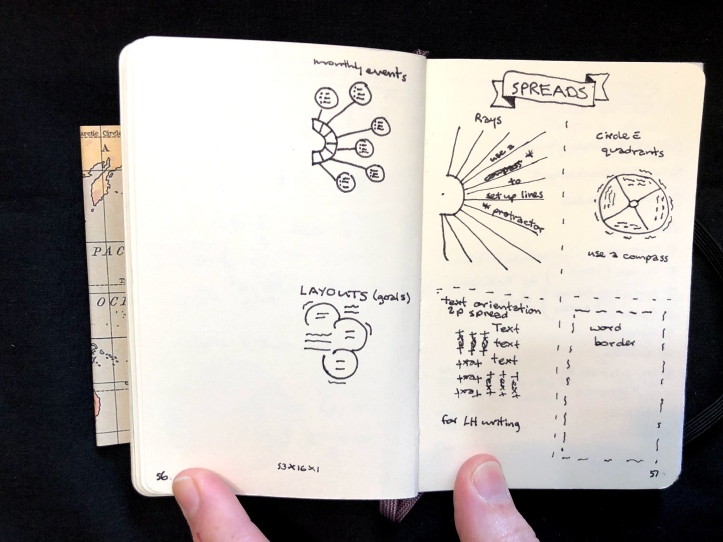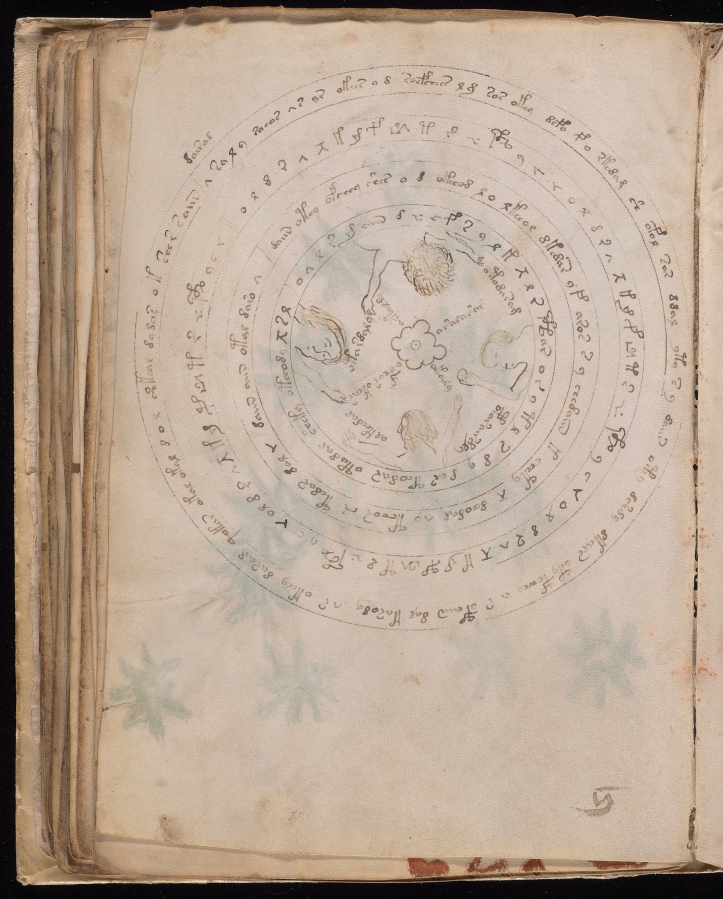Journaling comes in many variations. The bullet journal (also known as “bujo”) is a popular format developed by Ryder Carroll. Several individuals I follow on Instagram incorporate art and scrapbook elements into their bujo pages.
I learned a style of planning based on information taught in Franklin-Covey classes. In addition to my planning journal, I also carry a small notebook with me. Various terms for this type of journal or notebook include commonplace book, field notes, everyday notebook, etc.
Below: A digitized view from one of my notebooks.

Regardless of how, when and why you record information in a paper notebook, it helps to find new and creative ways to make notes.
Sources of Ideas
Written records have existed for thousands of years. I find that looking at these books gives me inspiration and ideas I can incorporate into my own note taking activities. Two categories of sources I recent discovered for historical books are museums with digitized collections of manuscripts and books and auction sites that sell rare books and manuscripts to museums and private collectors.
Several museums and libraries throughout the world have digitized old books by taking high resolution pictures of each page, tagging the content and uploading everything into a large database. Many of these repositories are free. In addition to government-sponsored libraries, universities often have rare books collections.
Below: The Voynich Manuscript at Yale University’s Beinecke Library remains undecipherable.

Another source of ideas is auctions. Owners of rare books need to sell them from time to time to generate income. Some estimates of closing bids can be in the thousands of dollars. For this reason most auction houses assemble a detailed catalog of book descriptions, images of book pages and provenance (who previously owned the book since it was created). These catalogs are written by experts who need to provide essential information to potential buyers in an attractive way.
Below: Cover from a Christie’s catalog

Whenever I find design ideas, images and pictures that I like, I take a screenshot on the content and save it to either my phone’s camera roll or my screenshots folder in DropBox. In this way I can quickly review collected ideas to see if there is anything I want to add to my notebook designs. I like to use banners frequently as headers, and illuminated manuscripts from the middle ages include several examples. Ideas for text layout are also helpful, and these abound throughout many handwritten books from previous ages.
Links
Below are a few sites with great resources.
Christie’s Book and Manuscripts
Sotheby’s Books and Manuscripts
The British Library – Medieval manuscripts blog
Below: Page from the Utrecht Psalter

Below: Cover of a journal by Henry David Thoreau

Check out these resources to find new ideas. While you can find creativity in the Instagram, Pinterest and Facebook communities, discovering new material from rare books and manuscripts will give you another excellent source for creative notetaking.
